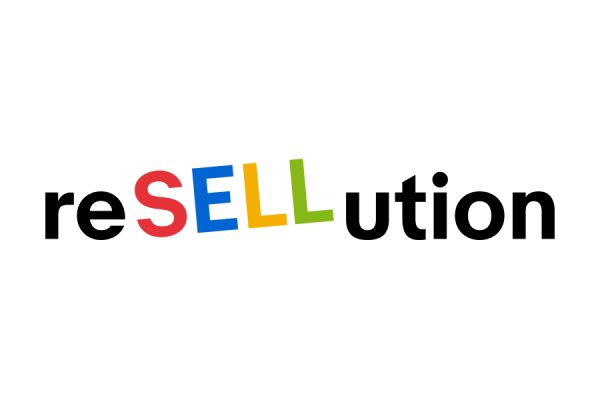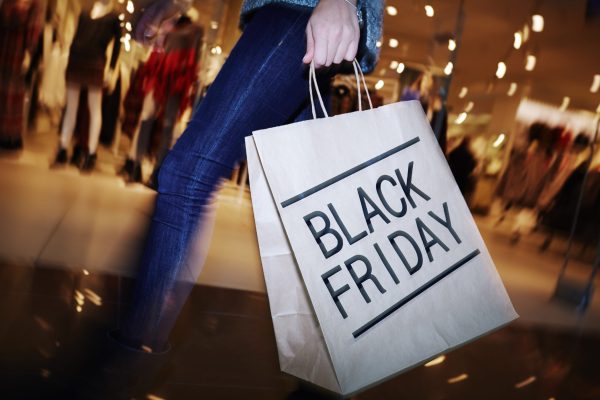As millions of UK households eagerly await their first cost-of-living payments, GWI has revealed what British consumers are spending money on during the inflation crisis.
The spending habits we are seeing now are interesting. Consumers have come out of the pandemic wanting to go out and do things but the increased cost of living has put a damper on it. Despite this, consumers are still spending and below are 8 spending trends being seen right now.
The British consumers spending trends
Holidays – If they can afford to do it, consumers are buying holidays. Just 36% of consumers say they’re price-conscious about travel. Indicating a post-pandemic return to normality, those with disposable income are making up for lost time by treating themselves to a break.
Shopping trolleys are full – Despite the rising cost of food being one of the biggest inflation concerns, fewer people say they’ll spend less on groceries.
Buying ‘Basic’ – Consumers are making smart swaps to get more for their money. Brands should bear in mind that the perception of cost-effectiveness is just as important as price. Consumers want to buy from brands offering greater perceived value. Even if technically, they aren’t any cheaper. Factors helping to sway shoppers towards alternative brands include:
- Trusted recommendations from friends and family
- Product size (think jumbo-sized goods and multipacks)
- Freebies and extras
Luxury brands – Some premium brands are still popular with consumers. Purchases of fragrances and cosmetics are up, and just 40% of consumers say they’re cost-conscious about spending on clothing. Saving on style is big right now, with more people buying luxury goods from price-conscious labels such as TJ Maxx. Other fast growing premium retailers include the likes of Waitrose (UK).
Thrifty behaviour – More people are making eco-friendly, money-saving changes, such as: Being more energy-efficient (50%), Walking or cycling more (44%), Reusing more products (38%).
There’s no place like home – Even after the pandemic people are spending more time at home. Many people are making cutbacks to their social lives. The price of home entertainment seems to be of little concern to consumers – or at least, why those who can afford it shell out on subscription services. Consumers are spending more time indoors, but they’re less interested in doing their homes up and home goods and furniture purchases have fallen.
Health is wealth – 36% of consumers are price-conscious about healthcare, and 52% are exercising more. The rise in smart wearable purchases like fitness watches suggests more people are happy to invest in their long-term health.
Retail therapy is losing steam Shopping is becoming a more functional around deal hunting and specific buys. Impulse buys, however, haven’t been impacted. Financial crisis or not, it seems people are still happy to treat themselves every once in a while.









